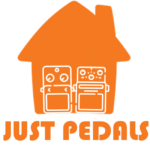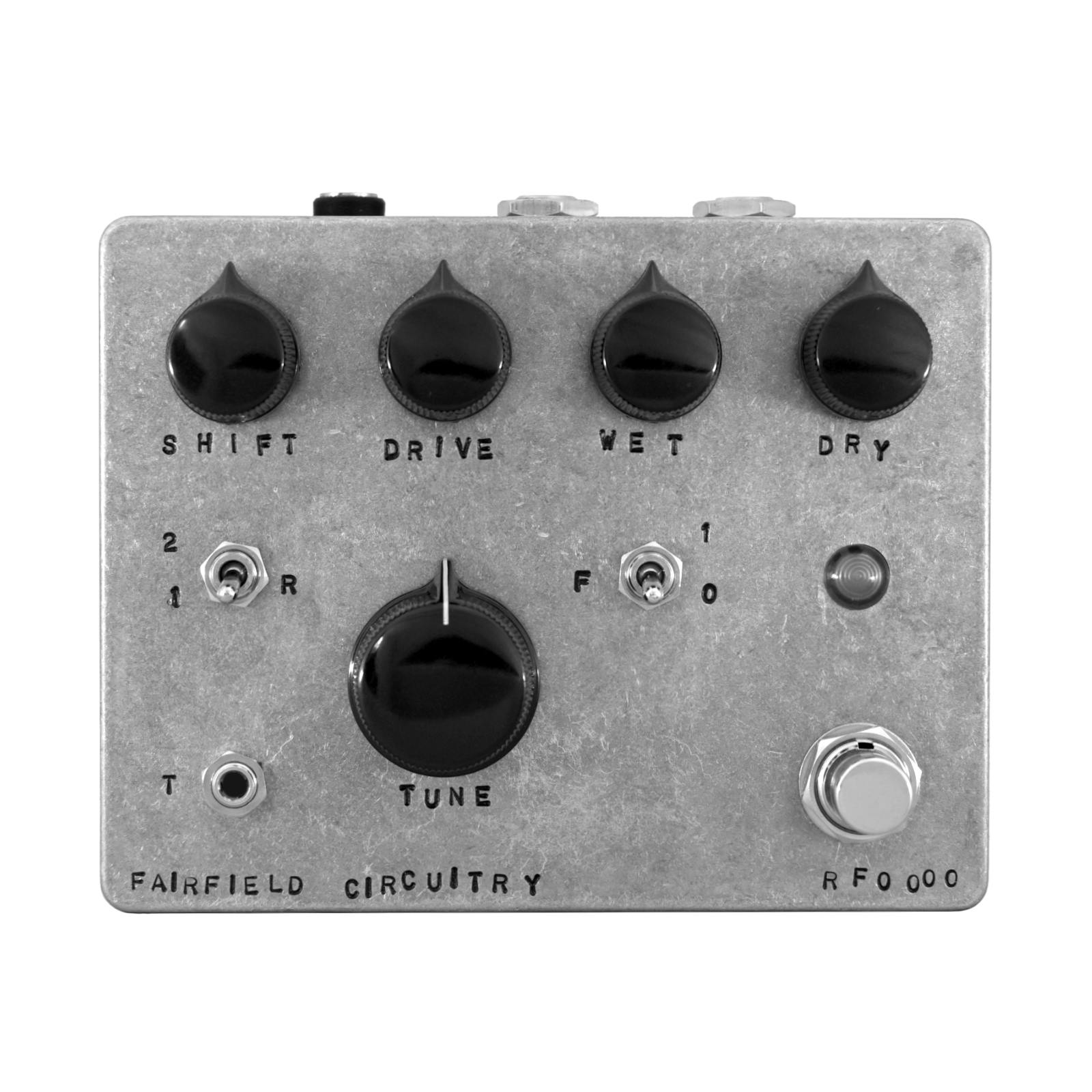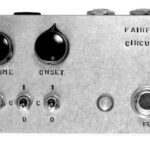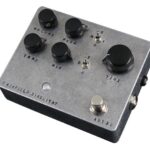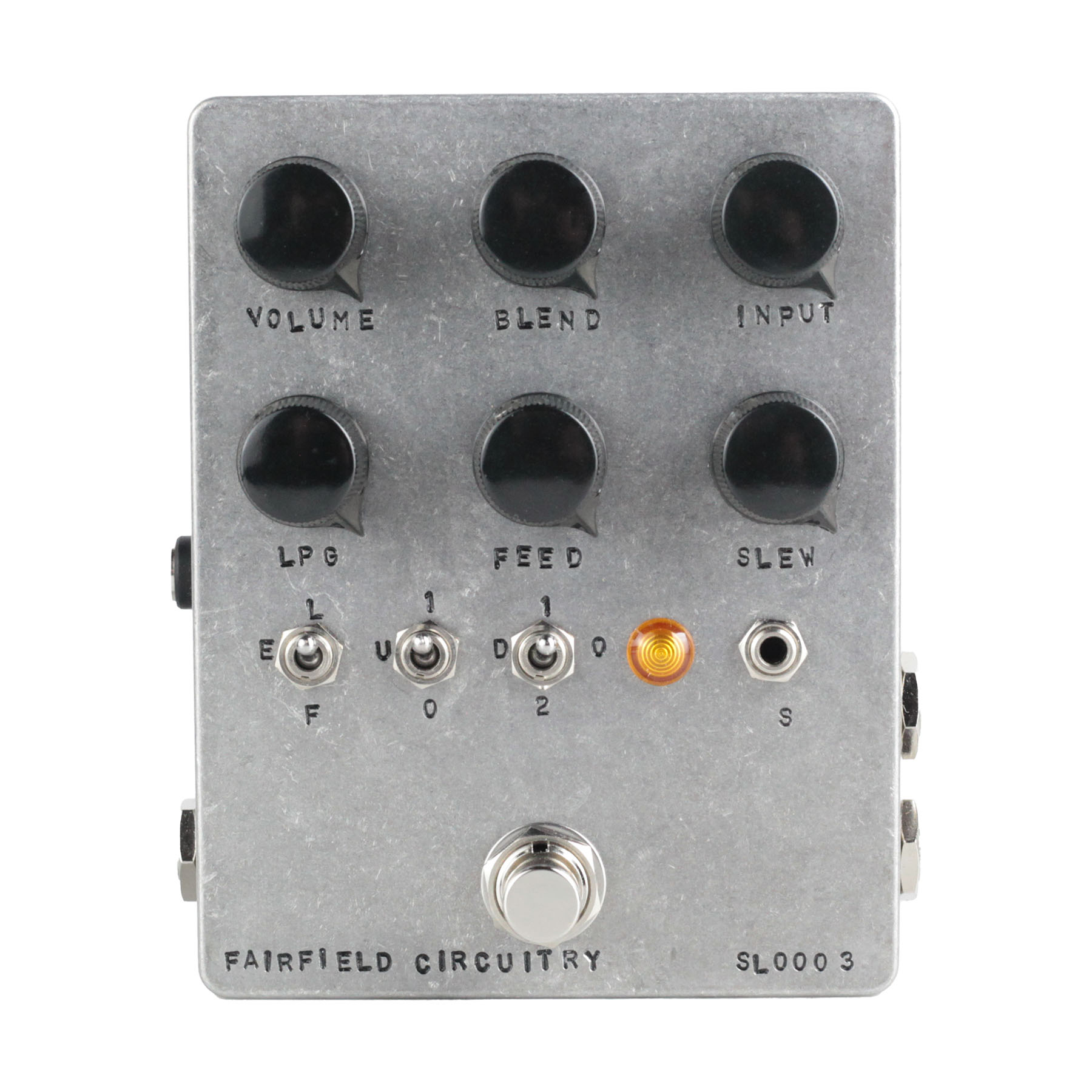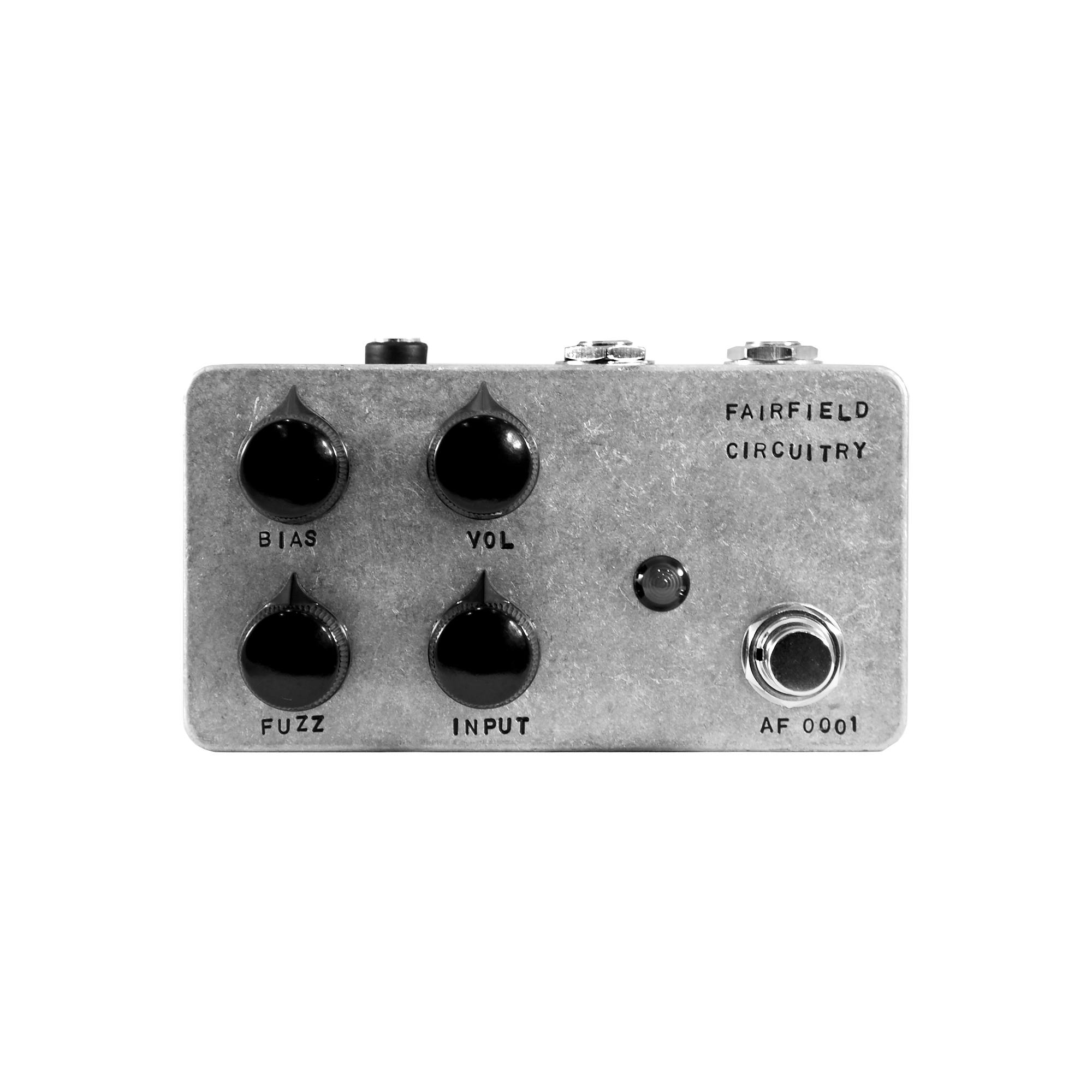Fairfield Circuitry is a boutique pedal company based in Hull, Quebec, Canada, known for its unique and innovative effects pedals designed for guitarists and bassists. Founded by Guillaume Fairfield, the company has gained recognition for its commitment to craftsmanship, creativity, and sonic excellence.
Fairfield Circuitry pedals are revered for their distinctive designs, offering musicians a wide range of effects to explore and incorporate into their music. Each pedal is meticulously handcrafted using high-quality components and features intuitive controls, allowing musicians to easily dial in their desired tones.
One of Fairfield Circuitry’s most acclaimed pedals is the Shallow Water, a dynamic tremolo pedal that simulates the unpredictable behaviour of vintage magnetic tape machines and tube amplifiers. The Shallow Water offers a unique and organic tremolo effect with a touch of modulation, creating lush, swirling textures reminiscent of ocean waves.
Just Pedal Ingredients.
Circuitry. Distortion — Distortion pedals take your clean guitar signal and transform it into something bigger, bolder, and full of attitude. By clipping the waveform, they add sustain, bite, and aggression, creating that thick, compressed tone that’s powered rock music for decades. From the growling crunch of classic hard rock to the tight, saturated roar of modern metal, distortion is all about energy and presence. It gives every note weight and authority, pushing your amp to its limits and beyond.
There are countless flavours of distortion, each with its own texture and edge. Some sound smooth and creamy, others raw and gnarly like tearing fabric. It’s the sonic equivalent of turning up the heat until the sound cooks — rich, sizzling, and perfectly seasoned to taste. Whether used for rhythm muscle or soaring leads, a good distortion pedal doesn’t just add volume; it adds personality, grit, and that unmistakable sense of power under your fingers.. Fuzz — A fuzz pedal is one of the earliest and most aggressive forms of distortion, turning your clean guitar signal into a thick, saturated wall of sound. It works by clipping the waveform almost flat, creating a compressed, gritty tone full of harmonic overtones. The result is raw, unruly, and unmistakable — from the sputtering breakup of vintage germanium circuits to the searing sustain of modern silicon designs. Fuzz pedals react strongly to your guitar’s volume and pickup choice, making them dynamic tools for expressive players.
Whether you’re chasing the classic tones of Hendrix and the Smashing Pumpkins or exploring heavy, experimental textures, fuzz remains a favourite for its personality and unpredictability. It can sound smooth and sustaining, or wild and velcro-like, depending on how it’s set up. A good fuzz pedal cuts through the mix while adding thickness and attitude, turning any riff or lead line into something bold and unmistakably alive..
